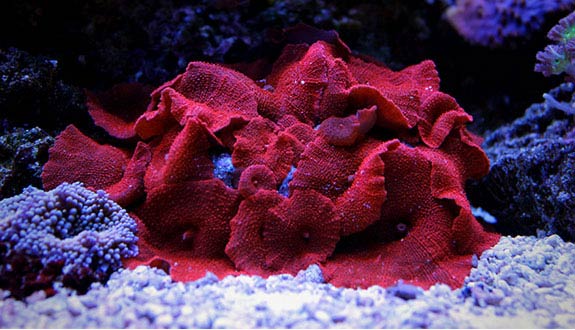

Alternative species (click on the thumbnail to see the card)
Names
Scientific name
Discosoma spp.
Actinodiscus (anciennement)
Common name
Mushroom anemone
Disc anemone
Elephant ear mushroom
Origin

Origin: South Pacific and Indian Ocean
Kind
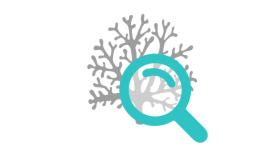
Kind: Soft coral
Form: This anemone comes in the form of a disc with very small tentacles. The colors and patterns are very variable, ranging from red/orange to blue and green.
Group

Discosomidae
Volume

100 L / 22 Imp gal / 26 US gal
Parameters

T°: 23 to 26°C or 73 to 79°F
pH: 7.5 to 8.5
Density: 1021 to 1024
Difficulty

Easy
Size
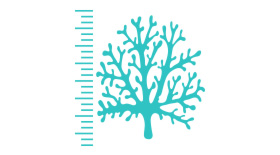
4 to 12cm (1.6 to 4.8")
Brewing

Low
Lighting
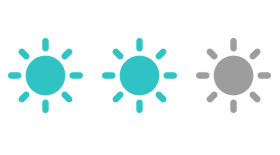
Average
Aggressiveness

Low
Food
How to feed the Mushroom anemone?
Food
How to feed the Mushroom anemone?
Like many corals, this species feeds on zooxanthellae. These are microscopic algae that grow directly in the anemone if light conditions are sufficient. This does not prevent them from being able to eat zooplankton or artemia. Pipette some directly near the anemone.
Cohabitation
Who can live with the Mushroom anemone?
Cohabitation
Who can live with the Mushroom anemone?
Discosoma is not very aggressive. It can still be quite invasive. Apart from this aspect, it can also burn more fragile corals such as Pavona or Caulastera.
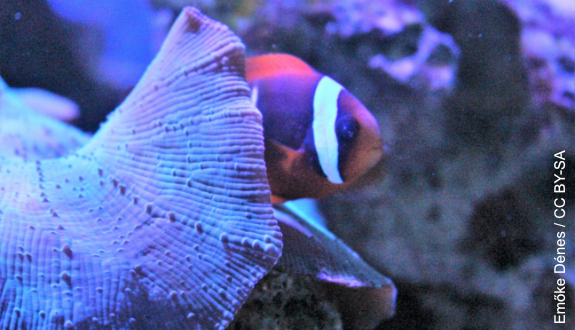
Sometimes, Amphirpions (clown fish) can find refuge there. Certain species of fish (angelfish for example) and mobile invertebrates (such as shrimps) like to peck them.
Breeding
How to breed the Mushroom anemone?
Breeding
How to breed the Mushroom anemone?
In nature, this coral breeds sexually. However, this mode of breeding in aquariums is very rare. It will take the intervention of the aquarist to multiply the colony.
Rest assured, it is still quite easy to breed the Discosoma. You can divide the main colony, or proceed by budding.
Beware however, easy reproduction is an asset as long as it is controlled, but this species can invade the aquarium quite quickly and become harmful to the development of other corals. If your Discosoma becomes too large, siphon it if it is located on a smooth stone (it is not solidly attached and will come by itself), or turn the stone upside down if it is on a porous rock (siphoning in this case will release pieces of the well-anchored anemone all over the aquarium, which will make the problem worse). The use of chemicals can also be considered in extreme cases (use sparingly).
Its aquarium
Which aquarium for the Mushroom anemone?
Its aquarium
Which aquarium for the Mushroom anemone?
This anemone is preferably placed in a light current (a too strong current can take off the feet of the rocks).
In general, plan for medium to strong lighting. In fact it is a little more precise than that: depending on the color of these anemones, the need for light is different. Indeed, the different colors are due to the presence of different types of zooxanthellae whose light needs vary. So you will not have the same needs according to the colors of anemones. The less light-intensive are the red Discosoma, which like to be placed at the bottom of the aquarium (almost in the shade). Then come the greens which need moderate lighting and finally the blues which require intense lighting.
In terms of water quality, this species is not particularly sensitive to water quality, which facilitates its maintenance. Of course, you will still need to maintain your aquarium by keeping the levels of nitrates, ammonium and phosphates below 20 ppm. Add iodine and trace elements.
Good To know
Find all additional information!
Good To know
Find all additional information!
This type of anemone has the reputation of being among the easiest to maintain in its family (easy reproduction and maintenance). Moreover, the colors and patterns offered by the species are very variable! You are bound to find a Discosoma to your taste! It is therefore perfectly adapted to a first experience in coral maintenance.
Many Discosomas are fluorescent under a blue light. The green one in particular is breathtaking!
Discosomas have a structure similar to coral (polyps) but without a calcareous skeleton.
Quite sensitive to filamentous green algae that prevent their growth.
The family Discosomidae now has 11 species:
Discosoma carlgreni
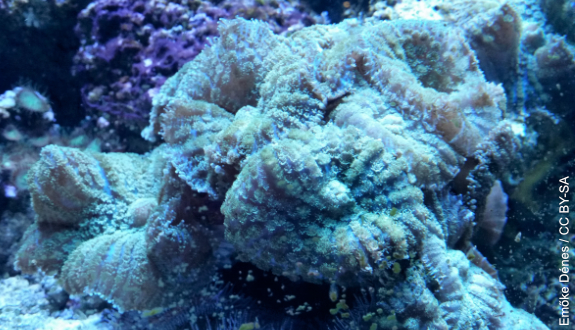
Discosoma nummiforme
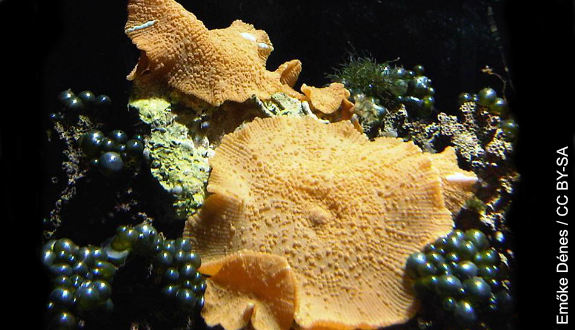
Discosoma album
Discosoma dawydoffi
Discosoma fowleri
Discosoma fungiforme
Discosoma molle
Discosoma neglecta
Discosoma rubraoris
Discosoma unguja
Discosoma viridescens
Yours photos!
Comments
Sort by:
Please login to post comments
